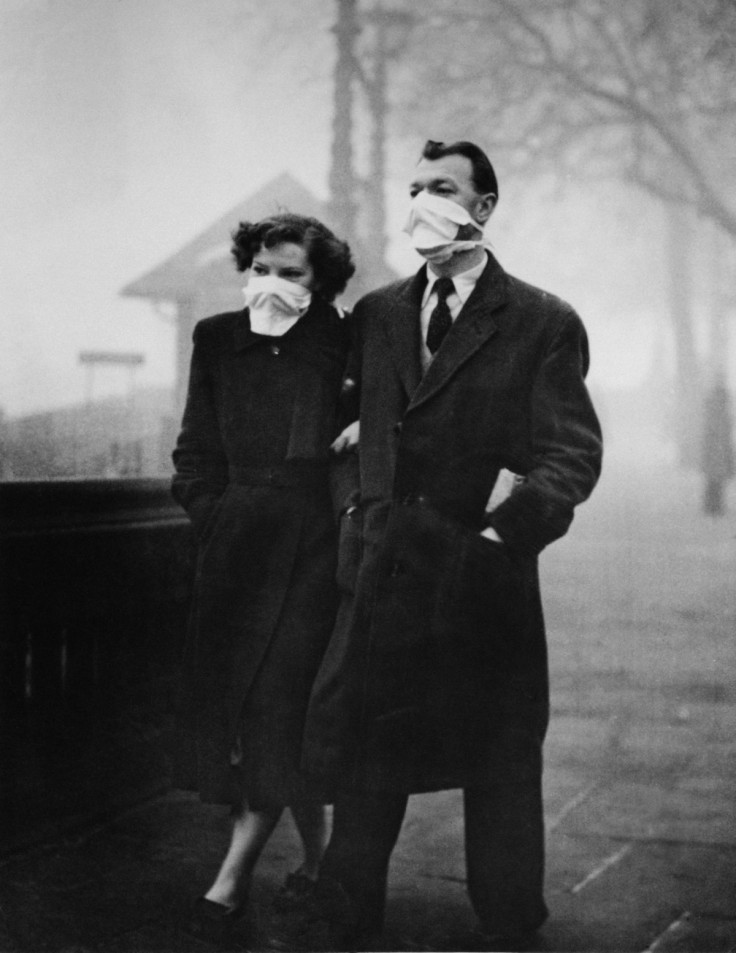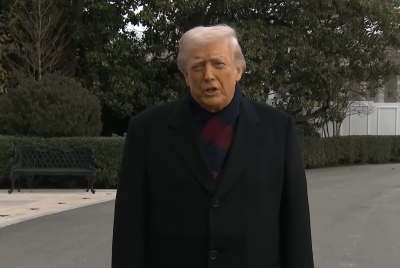Sian Berry: London is in the grip of a lethal air pollution crisis

In the 19th and early 20th centuries London was famous the world over for its pea-souper fogs where you couldn't see your hand in front of your face. Some people who have never been here assume we still have them, not realising that the Clean Air Act six decades ago put an end to the deadly smogs that came from coal fires and power stations.
We can tease them for their Dickensian view of London but we'd be unwise to be too scornful because we are now in the grip of an air pollution crisis that's just as lethal.
The event that made political action unavoidable a couple of generations ago was the Great Smog of 1952, which brought road, air and rail transport to a standstill, asphyxiated cattle at Smithfield and killed at least 4,000 people in the space of a few days.
Horrific? Of course. But so is the fact that a new, invisible form of air pollution, coming mainly from the exhausts of diesel vehicles, causes around 9,500 premature deaths in London every year.
Because it's invisible, not everyone realises how bad the situation is. But awareness is rapidly spreading, and those people who do know about it are hugely alarmed. Last month a YouGov poll found that 68% of London parents are worried about their children breathing in dirty air. They ranked air pollution way ahead of any other health concerns, including stress, poor diet and lack of exercise.
There is a network of monitoring points and a good website where you can look up their results in real time but with only a few dozen locations, this is nowhere near enough information for people to protect their health. Councils carry out additional monitoring but cutbacks in funding mean many former locations are now off the map.
In the absence of good official information, citizen scientists are coming together all over London to do their own air pollution monitoring so they can see for themselves and in detail how acute the danger is. The results are pretty sickening. In Camden, where I am a councillor, local Greens and community groups have just finished the largest exercise of this kind ever in the borough. Only a handful of places were below legal limits, even in 'leafy' Hampstead and Highgate. The only ray of hope was the finding that a road where traffic was recently restricted to reduce rat-running was slightly below the limits.

The findings across London of toxic main roads and primary schools in massively polluted spots would be tidings of despair if there were nothing we could do about it – but there is and the full proposals are in my manifesto for London. The authoritative campaign group Clean Air in London has reviewed the candidates and rated my plans 10/10 – way ahead of Sadiq Khan on 6/10 and Zac Goldsmith on 4.5/10 – and I came equal top on another YouGov poll, commissioned by ClientEarth, of who Londoners trust to sort out the problem.
Greens at City Hall will end the crisis of filthy air by taking immediate action on the most polluting vehicles: we'll exclude the most polluting cars, vans and lorries from central London and speed up the switchover to make all buses and taxis zero emissions.
We start from the understanding that we won't reduce pollution without reducing traffic. I've promised to cut fares and invest in new public transport services and people-friendly streets, making it safe and convenient to walk and cycle. I'll cancel road-building plans and oppose all airport expansion. I'll provide at least 25,000 electric car charging points across London, and develop networks for vans and taxis.
I'll set up a new, truly effective, Ultra Low Emission Zone to replace Boris Johnson's timid current plan. And I will also do what all business leaders and transport experts say the capital is crying out for, but which no other candidate has promised to do: I'll work with them to develop a smarter, more effective system of congestion charging, which will reduce traffic by incentivising drivers to avoid rush hour and central London while levying fair charges for distance travelled not just a flat charge for entering the zone.
These plans are the only way we can bring pollution down to levels that we can genuinely describe as 'quality air' – and the acknowledged expert in the field says I'm the only candidate who can be trusted to do it.
The problem is urgent, and for thousands of people every year we're in a life-or-death situation.
Sian Berry is the Green candidate for Mayor of London. She is also the party's lead candidate for the London Assembly
© Copyright IBTimes 2025. All rights reserved.






















